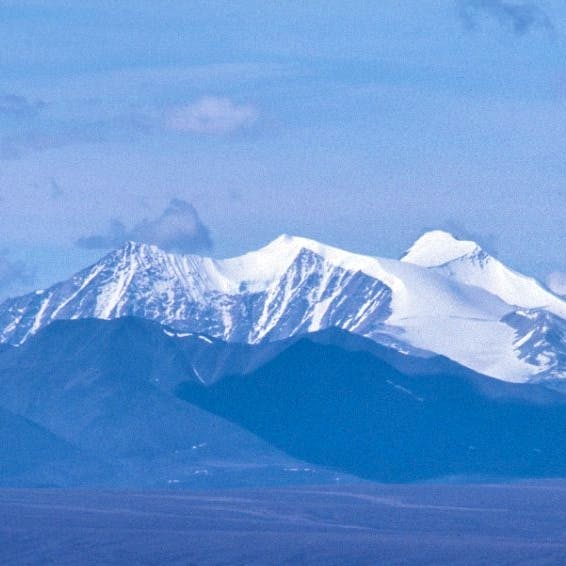Tweet“Another day, another effort by the Trump administration to strip protections for wildlife and habitats,” said Jamie Rappaport Clark, former president and CEO, Defenders of Wildlife. “This new proposal puts a heavy thumb on the scale in favor of developers and industry, making it even easier to exclude areas from designation as critical habitat. That will surely result in worse outcomes for species, when so many are already at risk of extinction.”
The U.S. Fish and Wildlife Service released a new proposal today that would allow the government to deny critical habitat protections for endangered animals and plants in areas that would see greater economic benefits from being developed — a change that could open lands and waterways to more energy development and other activities.
“Another day, another effort by the Trump administration to strip protections for wildlife and habitats,” said Jamie Rappaport Clark, former president and CEO, Defenders of Wildlife. “This new proposal puts a heavy thumb on the scale in favor of developers and industry, making it even easier to exclude areas from designation as critical habitat. That will surely result in worse outcomes for species, when so many are already at risk of extinction.”
Under the Endangered Species Act, once an imperiled species is listed as threatened or endangered, federal officials are generally required to designate critical habitat—areas essential to the species’ conservation and recovery. Critical habitat can include areas where species live and areas where they don’t currently live but which are nonetheless essential for their conservation. Though the ESA allows the government to exclude these areas in certain circumstances, the new proposed regulations would give industry more influence in how such exclusions are decided.
Critical habitat designations do not establish any type of sanctuary or preserve, nor do they directly affect private activities or private lands. Instead, they require federal agencies to take special care when carrying out activities impacting critical habitat to ensure protected species are not harmed. Such designations can indirectly impact those using public lands for private purposes such as grazing or energy development, or when private landowners or others apply for federal permits to carry out activities in those areas. By making it easier to exclude important habitat from critical habitat designations, the new proposed rule caters to the economic interests of industry at the expense of imperiled species.
This proposed regulation is just part of the administration’s assault on the protections offered by critical habitat. In July of this year, the administration also proposed a new definition of “habitat” that would limit what areas the government could even designate as critical habitat in the first place. Under that proposal, areas could only be considered habitat if they were currently able to support the species. That means that critically important areas that could support the species through restoration, or through natural changes in the environment due to climate change or other processes, would not even be considered for a critical habitat designation – no matter how important they were in order to prevent extinction. How should habitat be defined?
Defenders of Wildlife recently published a paper in the Environmental Law Reporter that sets the context and justification for the definition of habitat that draws on both science and policy research.
“Habitat is the area or type of site where a species naturally occurs or that it depends on directly or indirectly to carry out its life processes, or where a species formerly occurred or has the potential to occur and carry out its life processes in the foreseeable future,” the definition states.
This definition is consistent with the ESA’s conservation purpose because it allows for factors such as restoration and climate change and recognizes that a species’ habitat must be considered to the horizon of the foreseeable future. Both the U.S. Fish and Wildlife Service and NOAA Fisheries need to adopt a definition that meets these criteria.
The purpose of the Endangered Species Act is to conserve endangered and threatened species and their ecosystems. These two proposed rules would make it harder to do that by first limiting what could even be considered habitat in the first place, then making it easier to exclude what remains from critical habitat protections.
The public now has 30 days to comment on the proposed rule on economic exclusions. The comment period for last month’s rule on the definition of habitat has ended; Defenders’ comments can be found here.
For over 75 years, Defenders of Wildlife has remained dedicated to protecting all native animals and plants in their natural communities. With a nationwide network of nearly 2.1 million members and activists, Defenders of Wildlife is a leading advocate for innovative solutions to safeguard our wildlife for generations to come. To learn more, please visit https://defenders.org/newsroom or follow us on X @Defenders.
Media Contact
News

Defenders Slams Trump Interior Pick Burgum


